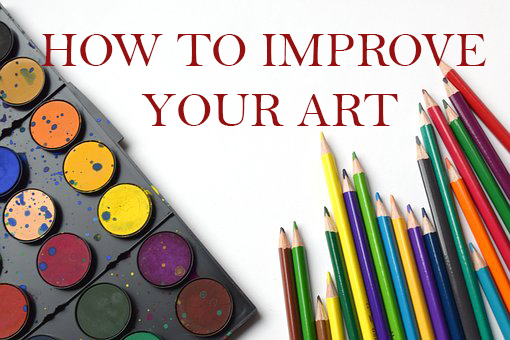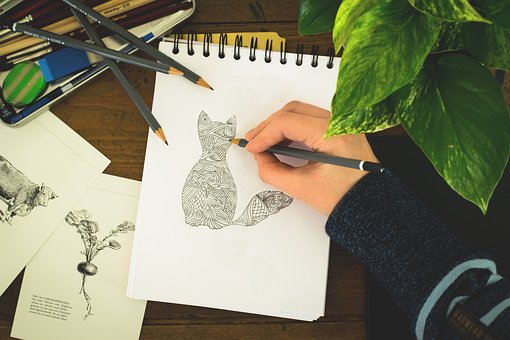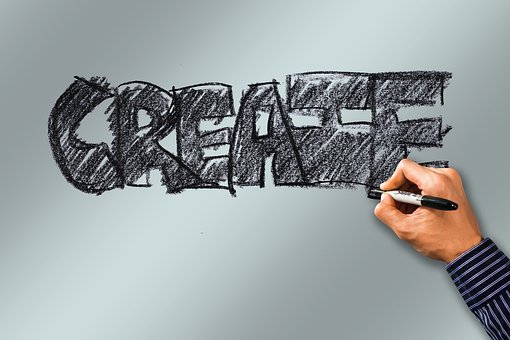How to Improve your Art

As an artist, you are constantly seeking to improve your work. All artists, from beginners to professionals, strive to improve and reach the next level.
Well, there are no shortcuts. The knack for improving is to practice, practice, practice. Whether you are drawing, applying paint, using clay or another medium, start by knowing and using your tools often.
Be flexible. For example, if you love drawing, try scratchboard. If you work with pastels, work on different surfaces such as velour, rather than just using a sandpaper type paper.
To find the right fit for your style, try different mediums, surfaces and tools and you will find what suits you best. Then improvement is inevitable. Experiment. If you are a painter try different brushes to explore the different effects you can get from your different tools. Producing quick studies is also a very good way to improve your skills.
These don’t have to be shown to anyone else, however, they can show you where you need to tweak and how you are advancing.
When you allocate time to draw or paint regularly you will eventually improve your overall creativity and your art. If you make an effort to draw something every day, even if it only for 10 or 20 minutes, you will see how your sketches will develop as you practice
. maxpixel.freegreatpicture.com
maxpixel.freegreatpicture.com
Some artists use mixed media sketchbooks and use watercolour, acrylics pens, inks and more to practice their visual studies and thrash out ideas.
If you find it hard to start with crisp white pages, try using a paper or background with a neutral colour or a mid-tone value. By doing this you may find you can’t wait to start.
As an oil and pastel artist, I find that by having a colour on the surface of my paper, board or canvas, I am inspired to get cracking with my work, whether is a simple study or a major piece I am planning.
If you think that you can’t find the time, you could draw something at the coffee shop, at your lunch break or on the bus. The possibilities to include drawing throughout the day are endless. A small sketch pad and pen is all you need to carry with you all the time.
Do you also feel that you don’t know what to draw? Try drawing or painting what you can see. That could be anything that’s close at hand and very common. Take a look outside for inspiration. What can you see? You might see flowers, snow, water, rain, and much more. Look at the effect that the light has on these objects. When you focus on how the light enhances an object, the ordinary becomes extraordinary. Looking at things with an eye for the light and shadow on the subject improves your observation skills and trains your brain to see what’s there, not what you think is there. You will find you will be inspired by ordinary subjects when you look at the world around you with an artist’s gaze. You will be motivated to capture the mood of the scene. When you do this every day (or at the very least once a week), you will see how positively it influences and enhances your art practice.  maxpixel.freegreatpicture.com
maxpixel.freegreatpicture.com
Do you need more inspiration? Seek out classes or workshops in your area or take an online course. These opportunities are a great way to acquire information and skills using different techniques or mediums. Is there a local art group you can join? Or even a Facebook art group that happily shares their work. Members of these groups are often very willing to give pointers about their techniques and how they improved their work. It is also a great idea to visit an art museum or gallery. We can all learn from the great masters through their telling of a subject. The overall appeal of a great work is gleaned through its mood as well as the techniques used. But most of all if you are enjoying what you are doing and do it constantly and consistently, you will improve.
So practice, try new things, create.